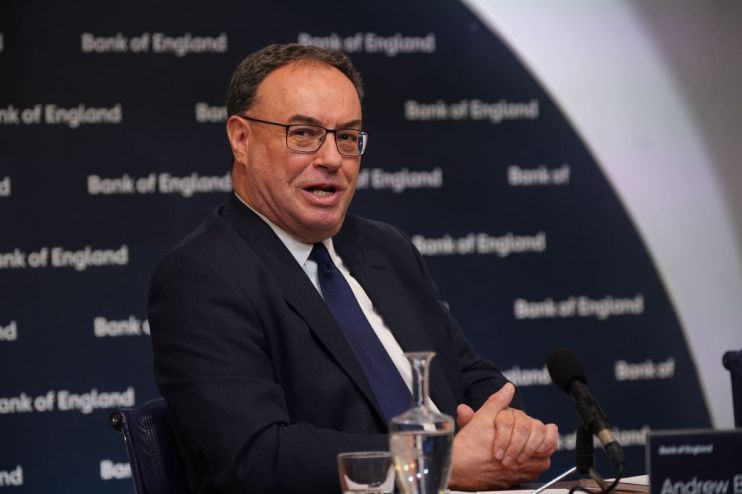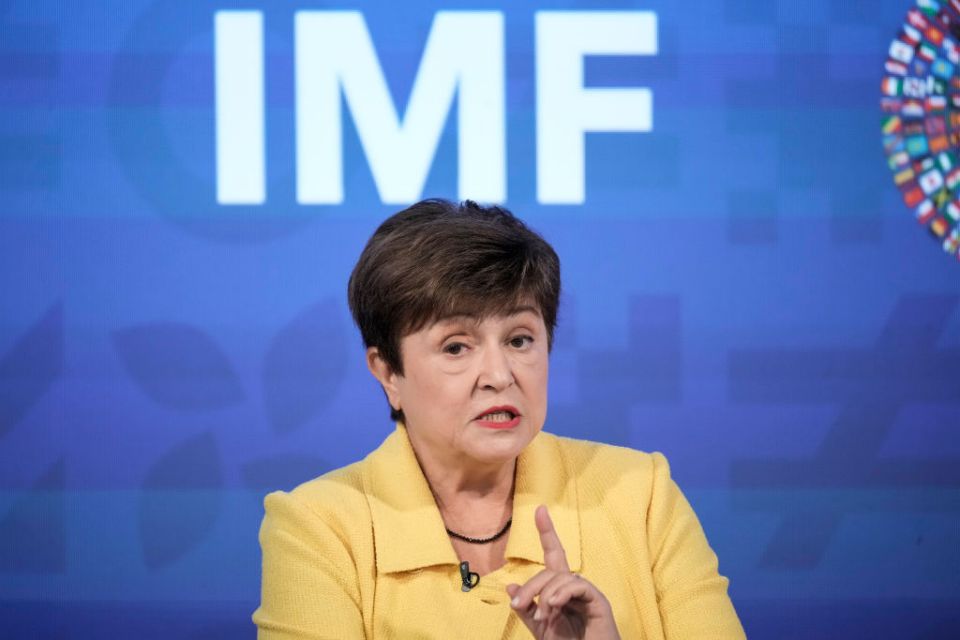Forget the IMF, the Bank of England are the real doomsters in this UK recession merry-go-round

This week the International Monetary Fund (IMF) became public enemy number one for saying the UK will be the only rich economy to suffer a contraction in 2023.
Even Russia, hobbled by sanctions to punish it for its invasion of Ukraine, is poised to squeeze out more growth than Britain this year, the lender of last resort reckons.
Today, the Bank of England (BoE) emerged as something of a tonic for the deluge of headlines warning the UK is emerging as the sick man of the global economy.
But governor Andrew Bailey and the rest of the monetary policy committee’s (MPC) forecasts are actually more downbeat than those concocted by IMF chief Kristalina Georgieva and the rest of the Washington-based organisation’s economists.
The BoE suspects we’re headed for a 15 month long recession, culminating in 0.5 per cent and 0.25 per cent contractions this year and next respectively.
IMF forecasters reckon 0.6 per cent will be wiped off UK GDP this year, but most of that is on track to be recovered in 2024 when the economy grows nearly one per cent.
Today marked the first time the MPC has bumped its output projections higher for a while, up from an 18-month recession comparable in depth to the one that poisoned the housing market in the early 1990s.
That is in direct contrast to the IMF, which has slashed its GDP projections for Britain four times in a row, down from 2.3 per cent in January 2022.
When that initial dire recession bet was published in November, the Bank stood out as the most pessimistic economic institution in the world on the UK. The Organisation for Economic Co-operation and Development and IMF were nowhere near as downbeat at the time.
A huge – and this can’t be understated – fall in international gas prices in a short space of time from their heights reached after Russia’s invasion of Ukraine is doing most of the heavy lifting in the Bank’s rosier outlook.
Gas prices are expected to be around 50 per cent lower than what was projected by Bailey and co in November, engineering a quicker inflation deceleration, which is set to halve to around four per cent by the end of the year. It’s already fallen two months in a row for the first time since the beginning of the pandemic.

While spending power is on track to fall cumulatively around four per cent over the next two years, forcing consumers to retreat, the shock will be softer, giving GDP a slight lift.
But it shouldn’t be forgotten the BoE is still forecasting a slow burning recession. Granted one which is nowhere near as deep as the one sparked by the financial crisis, which left the UK economy more than six per cent smaller, but a slump nonetheless.
That economic downturn has been partly engineered by the Bank’s ten successive rate hikes – amounting to 390 basis points of tightening, the steepest since the 1980s – to tame inflation, the effects of which are ricocheting around the country now.
Light is emerging at the end of this recession and inflation crisis.
Factors that have fuelled price increases are now reversing, watering down the impetus for further outsized rate rises. It was pretty uncommon for the Bank to move rates by more than 25 basis point increments before the past year. Today was the fifth rise of 50 points or more since the first increase in December 2021.
“Below-target inflation forecasts, more muted language on future tightening, and a warning about the impact of past rate hikes, all signal that bank rate is close to peaking,” James Smith of Dutch bank ING put it.
Rate cuts, not hikes, will hijack the economic news headlines in the second half of this year.